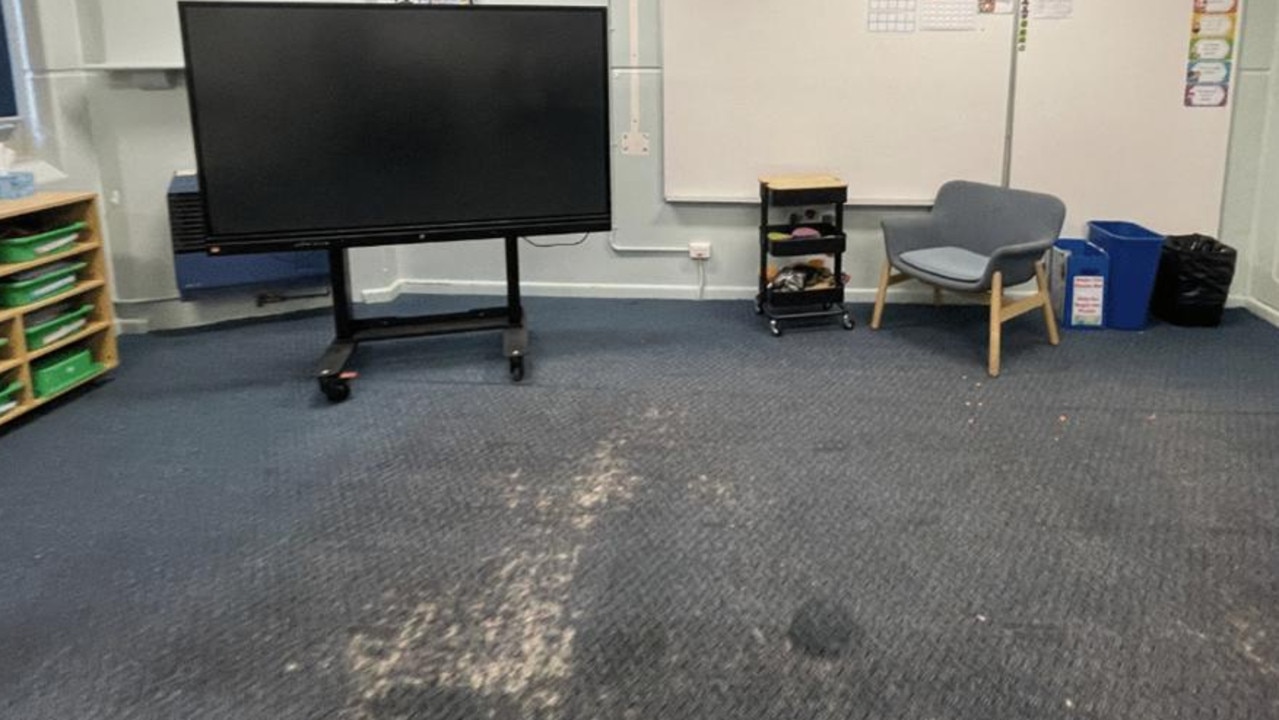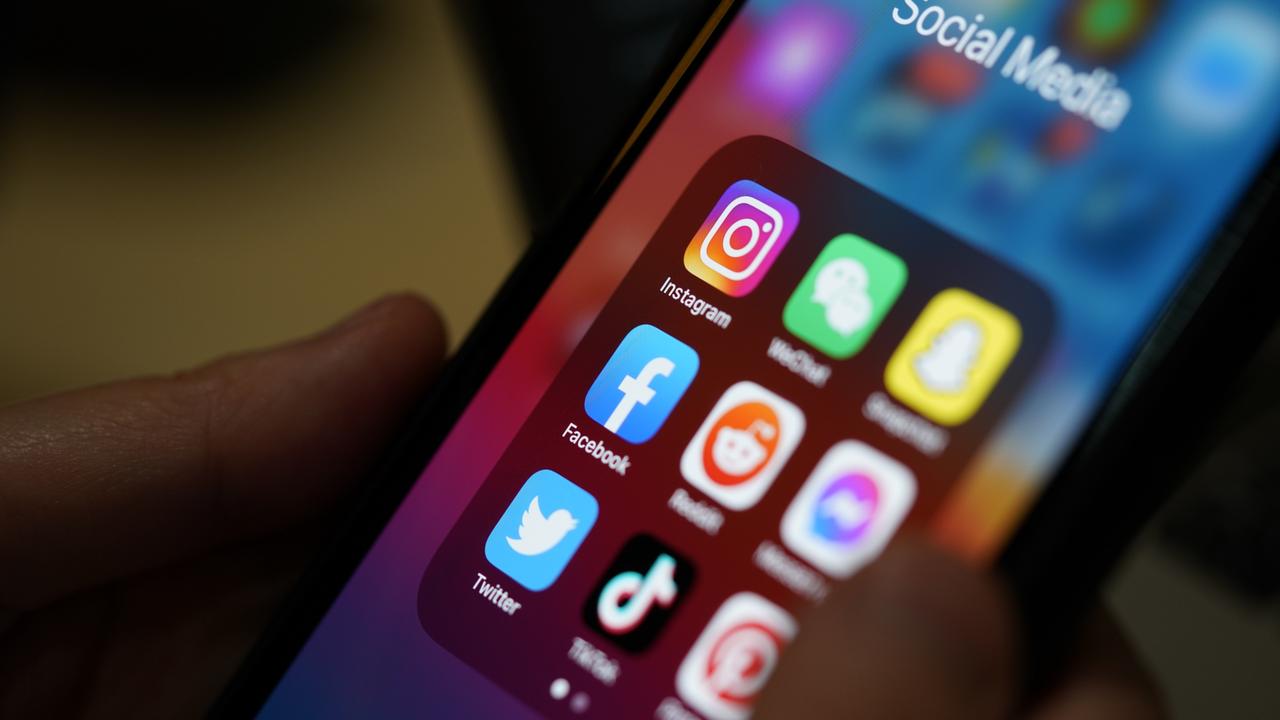‘Ballarat high school’s mullet ban squashes self-expression’
It’s an iconic Australian hairstyle but now an unpopular rule deems the mullet a step too far – and it faces the chop.
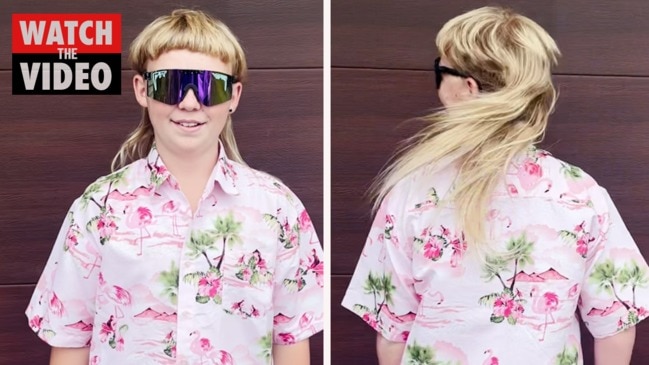
COMMENT
Mullet wearing boys at St Patrick’s College in Ballarat have been told they have a week to get their tails chopped or “be asked to go home until the hairstyle has been changed”.
The mullet has been deemed an “extreme hairstyle” joining a list of other “non-acceptable” cuts that were outlined on the school’s 2021 uniform policy.
Others on the list include rat tails, mohawks, obvious patterning, moptops, dreadlocks and cornrows.
“Hairstyles can be a very individual way of expressing yourself and are often influenced by fashion and trends. With this in mind our general expectation in regard to hairstyle is that it be neat, clean and not extreme in style or colour so as to draw attention to the individual student,” St Patrick’s College 2021 policy states.
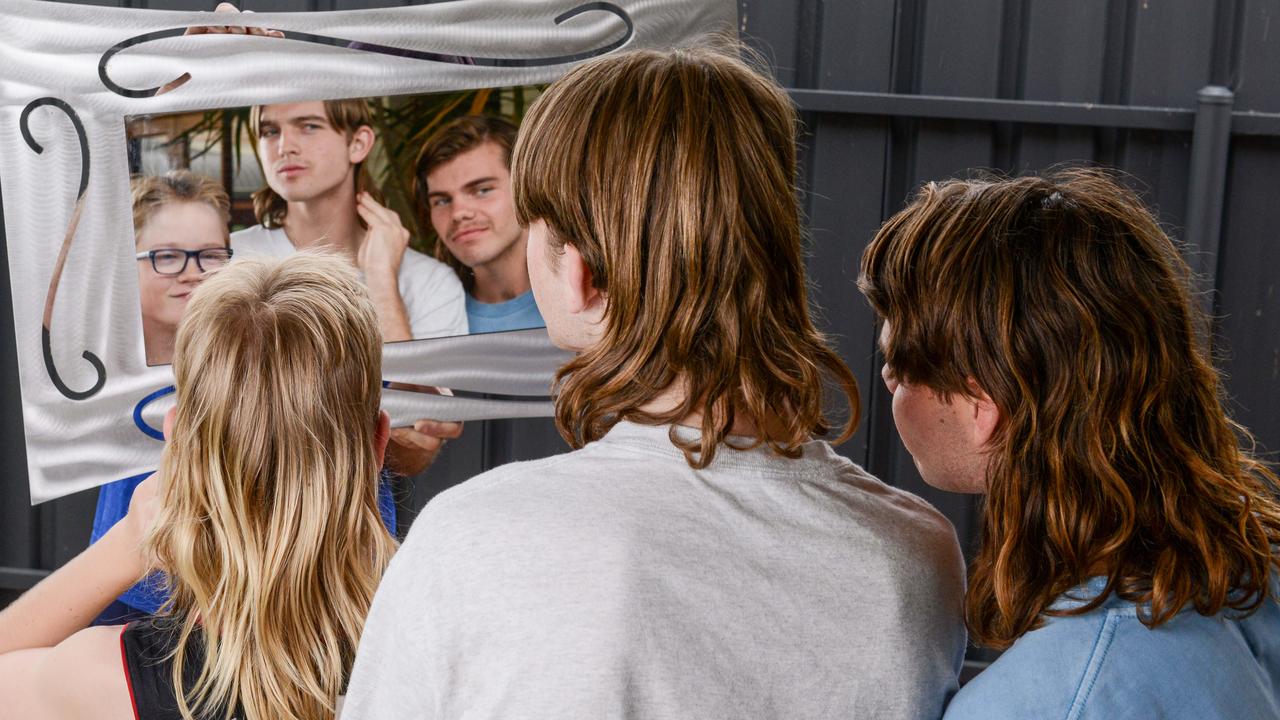
The rule has left many students and their parents annoyed, believing that the decision is based on image rather than the wellbeing or education of the boys.
“A lot of parents are not happy the boys are not being supported to explore their individuality, however still be respectful and tie hair up for school,” a parent told The Courier.
“It’s suppressive and after the last two years of anxiety our children have faced, not necessary. The focus on the mental health and education of our youth seems to be taking second place to college image.”
In a statement, St Patrick’s College said it stood by the uniform policy.
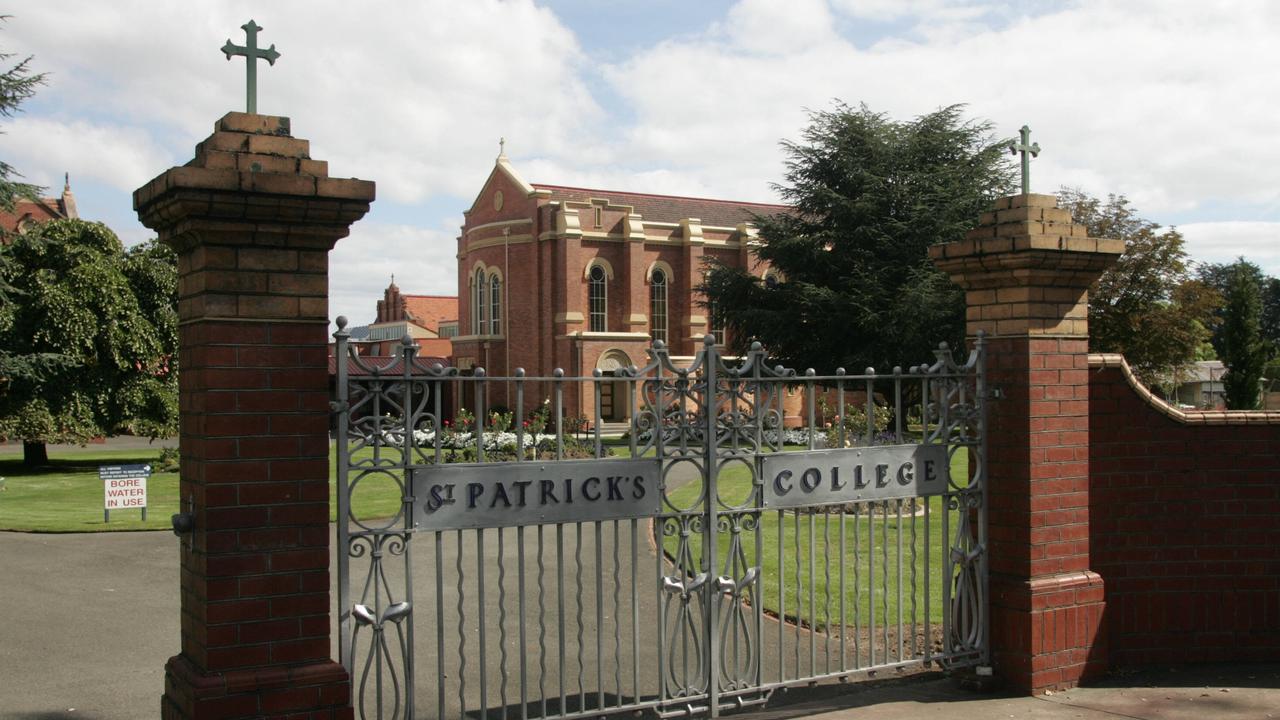
“When a student enrols at the College, parents and carers sign an agreement acknowledging and agreeing to this policy,” a spokesperson said.
But should hairstyle choice play a part in education? Not only the opportunity for students to learn and participate in the school community, but also their access to it at all?
I would say the answer to that is simple, no, it shouldn’t play a part. Not at all.
While the majority of public, independent and private schools have uniform policies that set out specific guidelines for the appearance of their students, it seems recently there have been some institutions that gone a few steps too far and taken away nearly all shreds of self-expression from their students for no beneficial reason at all.
As an ex-teacher, I know denying this self-expression isn’t harmless, it can have negative consequences for students’ wellbeing and mental health, two components that are essential for effective education.
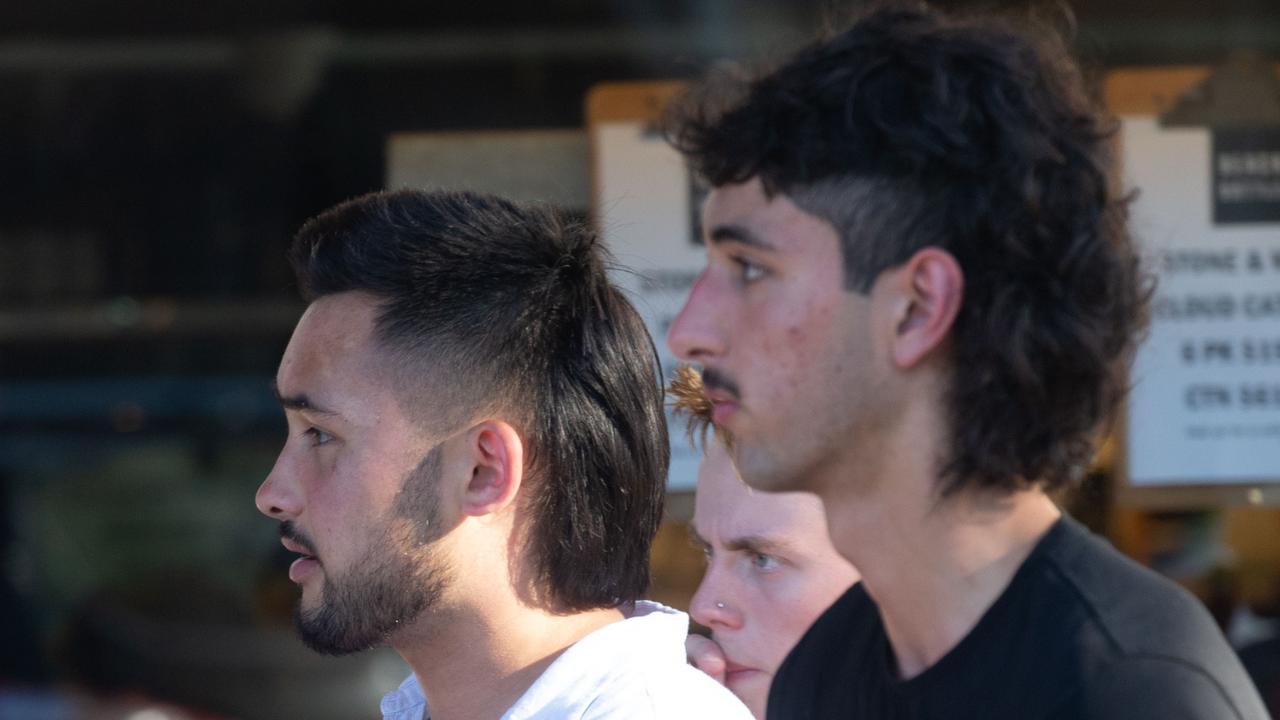
From repressing cultural identity and diversity to denying connection to sexual and/or gender identity and communities, banning hairstyles at school isn’t a decision without ramifications for the students it directly impacts.
Take the two South Sudanese students who in 2017 were banned from a Victorian school because they wore cornrows, which didn’t comply with their uniform policy. A similar event occurred in Mildura with a student of Nigerian heritage threatened with expulsion if he continued to wear his dreadlocks, something he said represented his heritage.
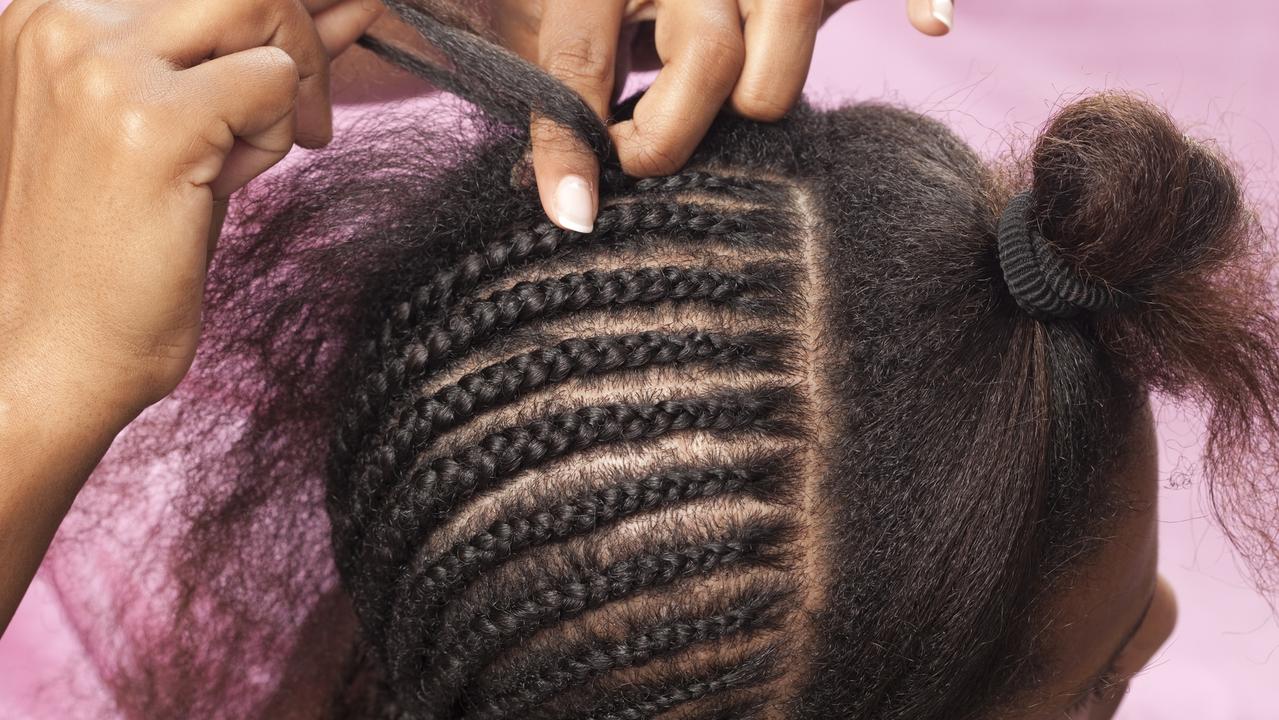
While in both situations the decision was reversed after backlash, anti-discriminatory debates were sparked and have been active ever since. As well as representing cultural identity, hair styles can also have significant to the LGBTQI community and identity of children who are part of that community.
For many of these kids, hair style, cut and colour is paramount to their beliefs and identity. Forcing rules that tell them that this is not acceptable or okay, especially to younger people, can be detrimental to their mental health and wellbeing because it essentially says, who they are is not acceptable or OK.
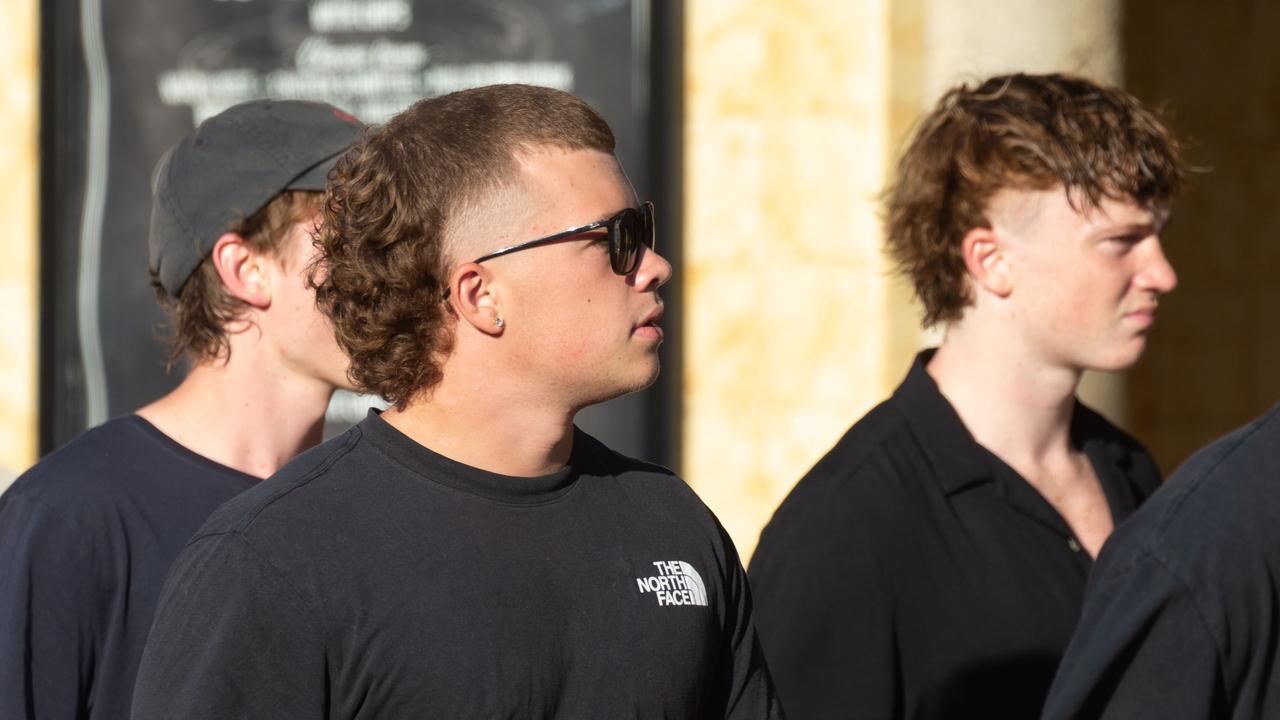
For decades, whether it is mullets, mohawks, butterfly clips, hair braids or peroxided hair, hairstyles have often been the chosen method of self-expression for teens to express independence and as a process of experimentation to help them discover who they are.
And what real harm has it done?
Because let’s be real, a mullet hasn’t caused injury, nor has it created a health and safety risk in the classroom and it won’t.
I’d say squashing all self-expression is probably doing more harm to the school’s image than a handful of mullet wearing students ever would.
Shona Hendley is a freelance writer and former secondary school teacher.




